Pasta Recipes: Easy Tips, Classic Dishes, and Insider Secrets
If you love a good plate of pasta but get stuck on the details, you’re in the right spot. We’ll walk through the basics you need to cook pasta like an Italian, from the water you boil to the sauces you pair. No fluff, just practical advice you can try tonight.
Start with the Right Water
The first step most people overlook is the pasta water. Salted water does more than season – it adds starch that helps sauce cling. A good rule is to use about 4‑5 litres of water per 500 g of pasta and add roughly 1‑2 tablespoons of sea salt. Don’t be shy; the water should taste like the sea. As you cook, reserve a cup of that starchy liquid before draining. You’ll use it to thin sauces, bring everything together, and avoid a dry plate.
Why keep the water? It creates an emulsion that binds the sauce to the pasta, giving you that silky finish you see in restaurant dishes. Toss the cooked pasta back into the pot with a splash of the reserved water, then mix in your sauce. You’ll notice the sauce sticks better and the flavor feels richer.
Master the Big Four Classic Italian Dishes
Every home chef should have the four iconic recipes under their belt: Carbonara, Cacio e Pepe, Amatriciana, and Gricia. Each relies on just a handful of ingredients, yet the technique makes all the difference. For Carbonara, use guanciale, Pecorino, and fresh eggs. The secret is to combine the hot pasta with the egg‑cheese mixture off the heat, so you get a creamy sauce without scrambling the eggs.
Cacio e Pepe is the ultimate test of timing. Cook spaghetti al dente, then toss it with Pecorino Romano, plenty of black pepper, and enough pasta water to create a glossy coating. The 10‑100‑1000 rule—10 grams of salt, 100 ml of water, 1000 ml of cooking liquid—helps you nail the perfect balance.
Amatriciana brings in tomatoes and pecorino for a sweet‑spicy punch, while Gricia is essentially a dry Carbonara without the eggs. Knowing these four gives you a solid foundation to experiment with other regional dishes, like Sicilian pasta with raisins and pine nuts or Rome’s simple yet bold spaghetti alla carbonara.
Each recipe highlights one core principle: let the pasta itself shine. Use high‑quality durum wheat pasta, respect the cooking time, and finish with a drizzle of good olive oil or a splash of the reserved water.
Beyond the classics, think about toppings that Italians actually use. Real Italian pasta isn’t drowned in heavy cream; it’s topped with fresh herbs, a good cheese, and sometimes a handful of toasted breadcrumbs for crunch. When you add extras like anchovies, olives, or capers, keep them simple so they enhance rather than overpower the dish.
Finally, remember that practice makes perfect. Try cooking a different shape each week—spaghetti, bucatini, or penne—to see how each holds sauce. Pair shapes with sauces that match: thin sauces for long strands, chunky sauces for ridged pasta. You’ll quickly learn what works best for your taste.
Ready to level up your pasta game? Grab a pot, salt the water, and start with one of the classic recipes. With the right water, a few simple rules, and a dash of enthusiasm, you’ll turn any night into a genuine Italian feast.

What Can I Put on Pasta When I Have No Sauce? 7 Simple, Tasty Solutions
No sauce? No problem. Discover 7 simple, tasty ways to make delicious pasta with just butter, cheese, garlic, herbs, and pantry staples-no fancy ingredients needed.
More Detail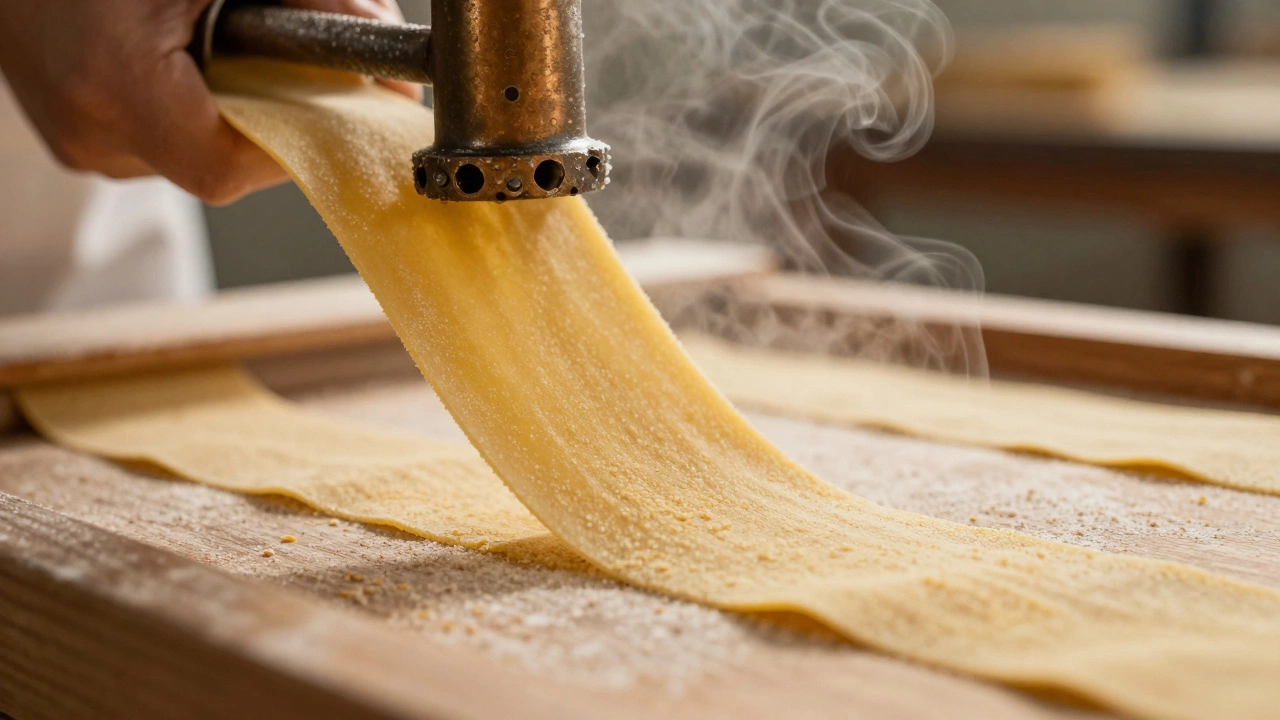
Why Pasta Tastes Different in Italy vs. the US
Italian pasta tastes better because of high-quality durum wheat, bronze die extrusion, and slow drying-not just the sauce. Here's why American pasta falls short and how to fix it at home.
More Detail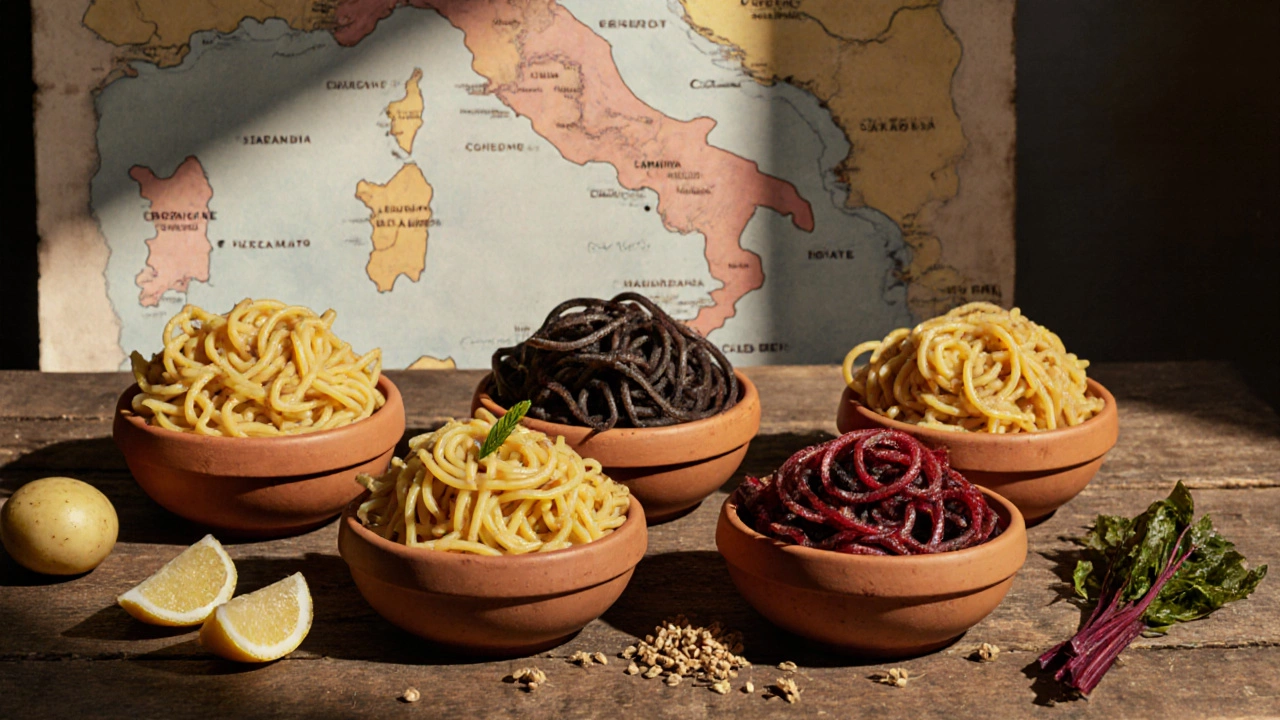
The Rarest Pasta in Italy - Discover Italy’s Most Elusive Noodles
Explore Italy's most elusive noodles, their origins, how to find them, and tips for cooking these rare pasta varieties at home.
More Detail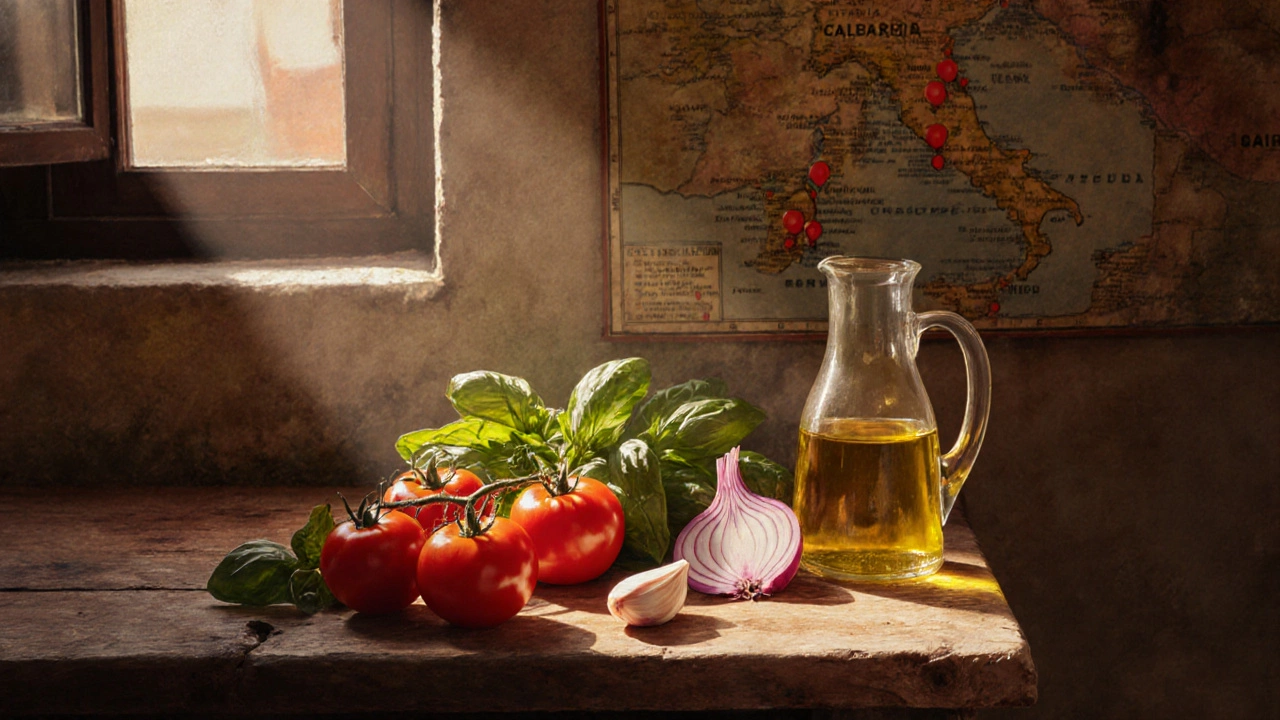
Do Italians Add Onions to Their Sauce? The Truth About Italian Tomato Sauce
Explore why Italian sauces sometimes include onions and sometimes don't. Learn regional traditions, flavor impacts, and practical tips for your pasta dishes.
More Detail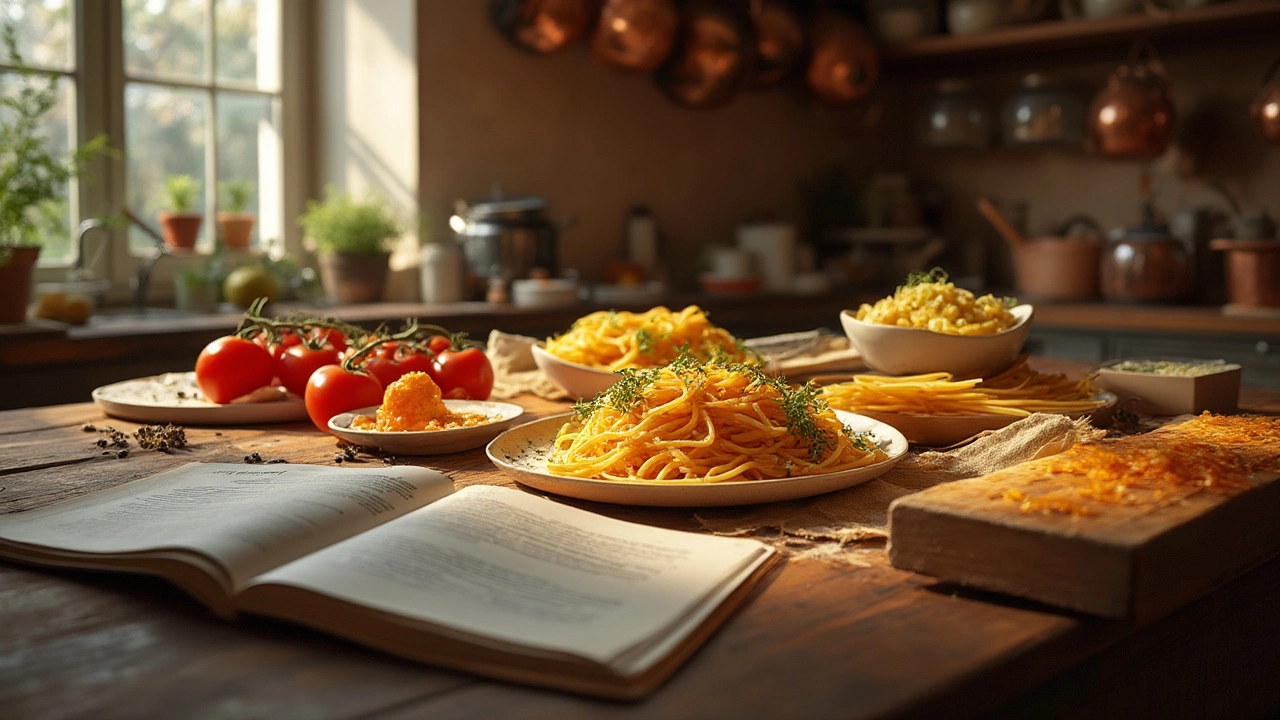
4 Classic Italian Pasta Dishes Everyone Should Try: Authentic Flavours & Traditions
Discover the four iconic Italian pasta dishes—Carbonara, Cacio e Pepe, Amatriciana, and Gricia. Learn about their origins, authentic recipes, and cooking tips.
More Detail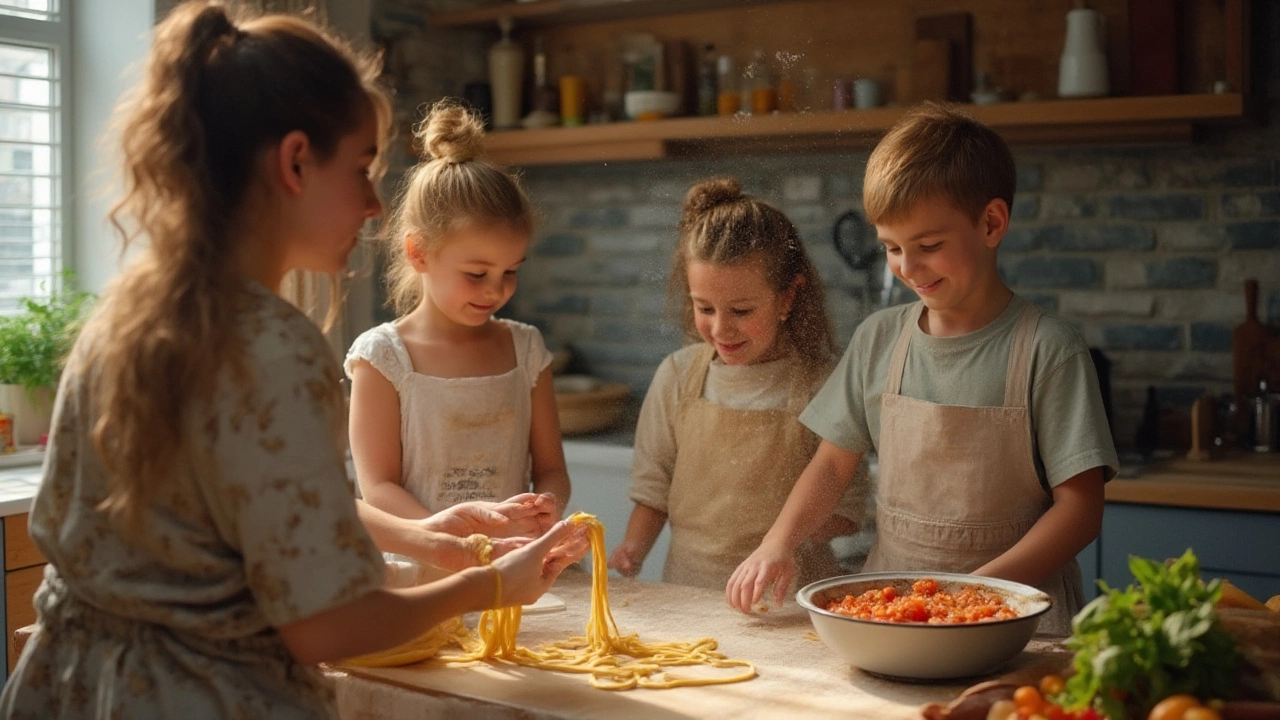
Secret to Perfect Pasta: Insider Tips for Authentic Italian Taste
Discover the true secrets behind making good pasta, from technique to sauce pairing, with fun facts and step-by-step expert tips inspired by real Italian kitchens.
More Detail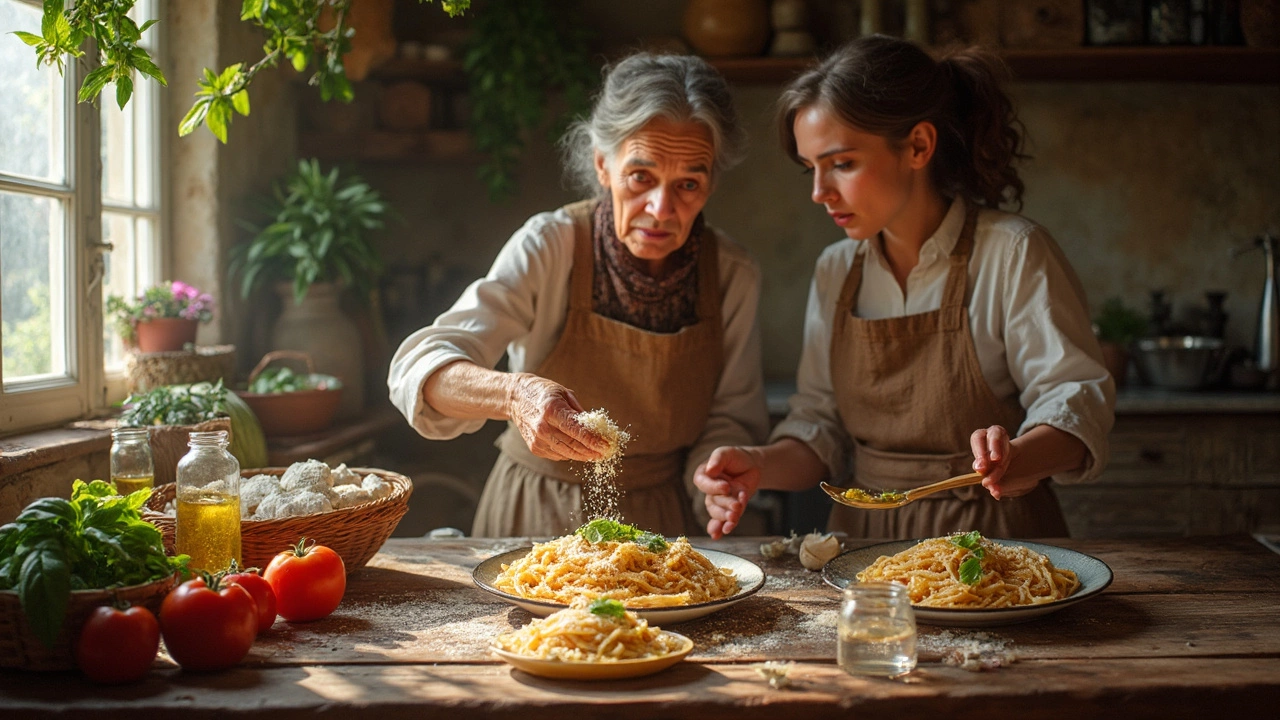
What Do They Put on Pasta in Italy? Real Toppings and True Italian Flavors
Wondering what Italians really put on their pasta? This article uncovers which cheeses, sauces, herbs, and extras actually belong on pasta in Italy, ditching the myths and copycat habits found outside the country. Get to know the true Italian favorites, learn easy tips for seasoning like a local, and pick up tricks for better pasta at home. Love pasta? This guide will have you eating like you grew up in Rome or Naples.
More Detail
10 100 1000 Rule Pasta: The Secret Ratio You Need
Ever wonder why restaurant pasta tastes so much better? The 10 100 1000 rule holds the secret. This article breaks down exactly what that ratio means, why it works, and how it can completely change your homemade pasta. You'll learn practical tips for getting perfect texture, how to avoid common mistakes, and what happens when you tweak the rule for different pasta dishes. It’s a game-changer for both new cooks and pasta pros.
More Detail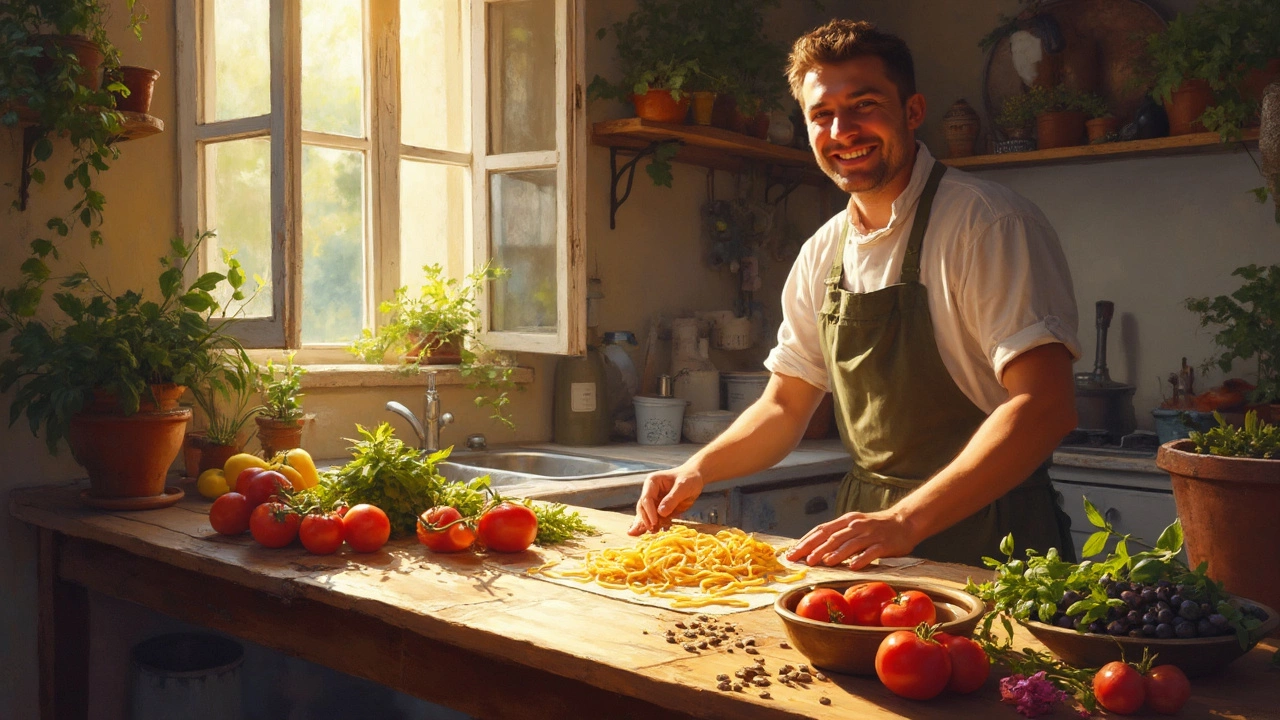
What is a Sicilian Pasta? Exploring Flavors, History, and Simple Recipes
Wondering what makes Sicilian pasta stand out? This article breaks down the heart of Sicilian pasta, what sets it apart from other Italian dishes, and how you can bring those bold and sunny flavors to your own kitchen. Get to know classic ingredients, real cooking tips, and practical recipes anyone can try. You'll also find out some surprising history behind these dishes. Get ready to discover what truly makes pasta from Sicily special.
More Detail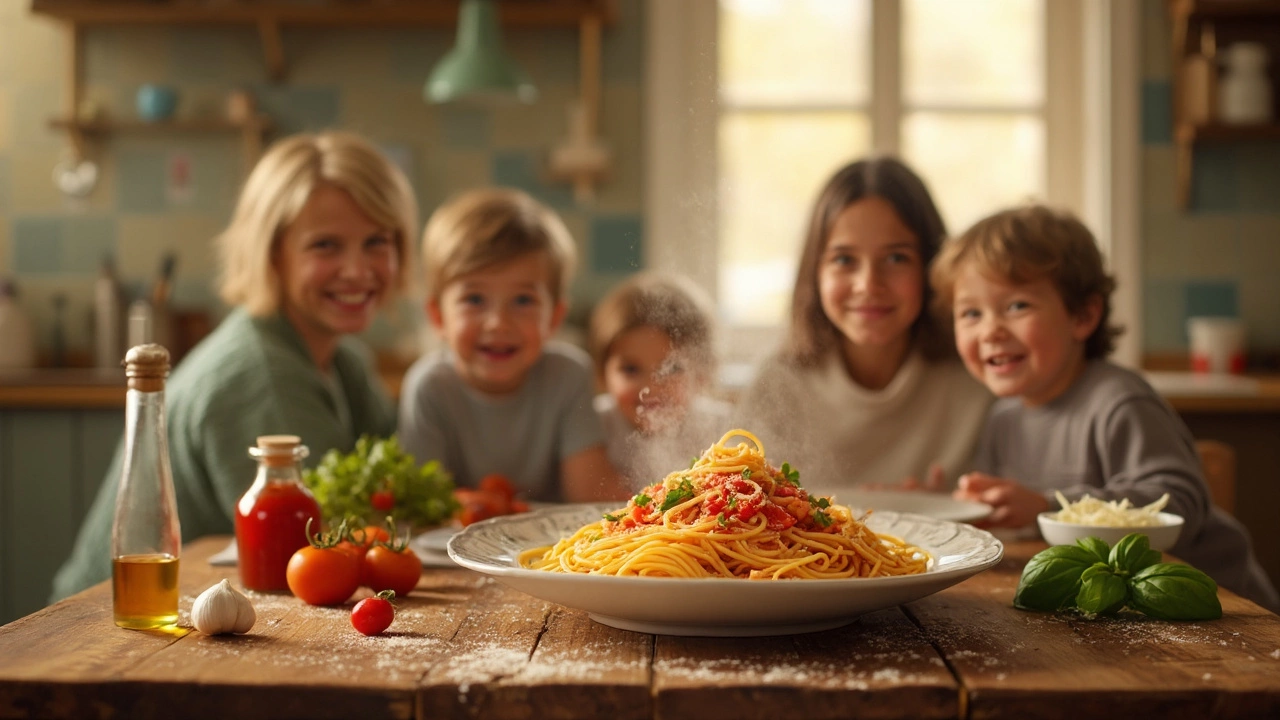
Spaghetti Flavor: What Transforms a Basic Bowl into an Unforgettable Meal?
Ever wonder why some spaghetti bowls taste way better than others? This article breaks down what gives spaghetti real flavor, from the cooking water to the final toppings. Learn how to get more punch out of your sauce and pasta. Find out easy, practical tweaks that’ll level up your next plate. Even small changes make a huge difference.
More DetailRome's Iconic Pasta Dish: What You Need to Know
Ever wondered what makes Rome's pasta so special? Explore the essence of cacio e pepe, a Roman classic that combines simplicity with incredible flavor. Learn about its origins, recipe tips, and why it's adored by food lovers everywhere. Whether you're a pasta cooking enthusiast or just a fan of Italian cuisine, this article unveils the unique charm of Rome's signature dish.
More Detail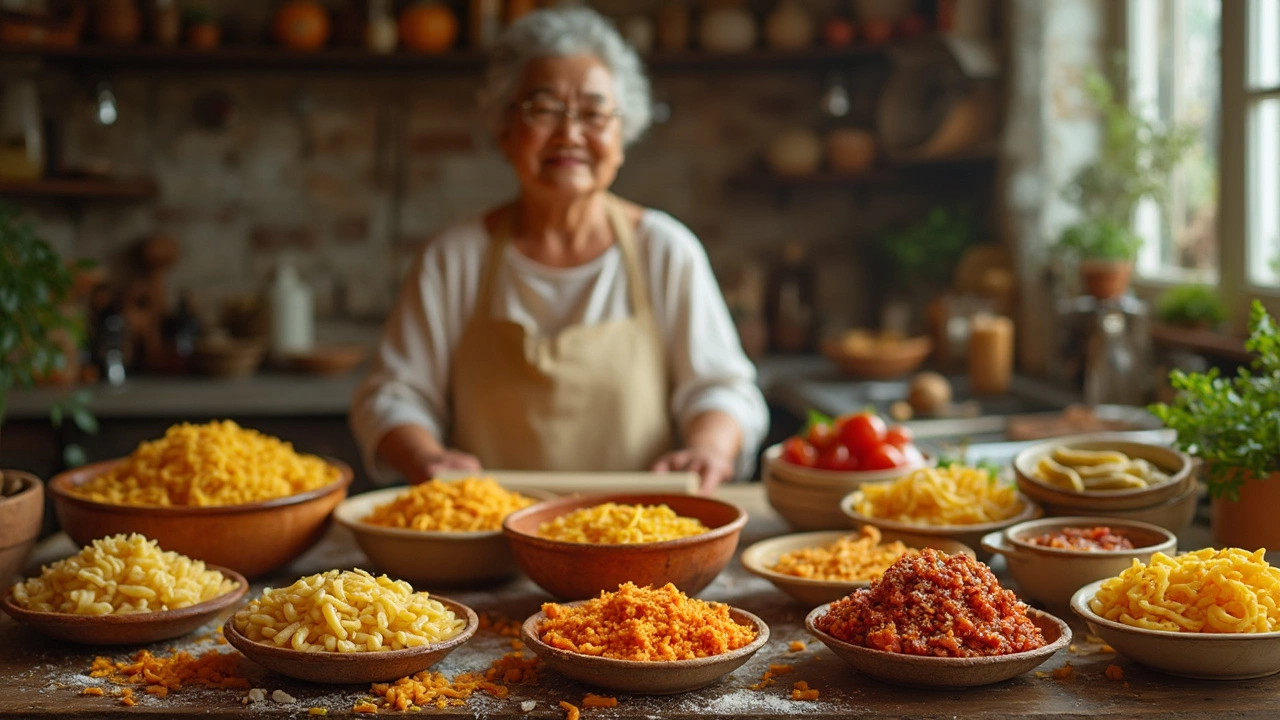
Italian Pasta: What Varieties Are Served in Italy?
Dive into the world of Italian pasta and explore which varieties are most popular across Italy. This article provides insights into regional preferences and culinary traditions associated with different pasta types. Learn about interesting pasta facts and cooking tips to bring an authentic Italian experience to your kitchen. Discover which pasta shapes pair best with sauces and how Italians approach pasta prep. Enhance your pasta-making skills with tips drawn from Italy's rich culinary heritage.
More Detail